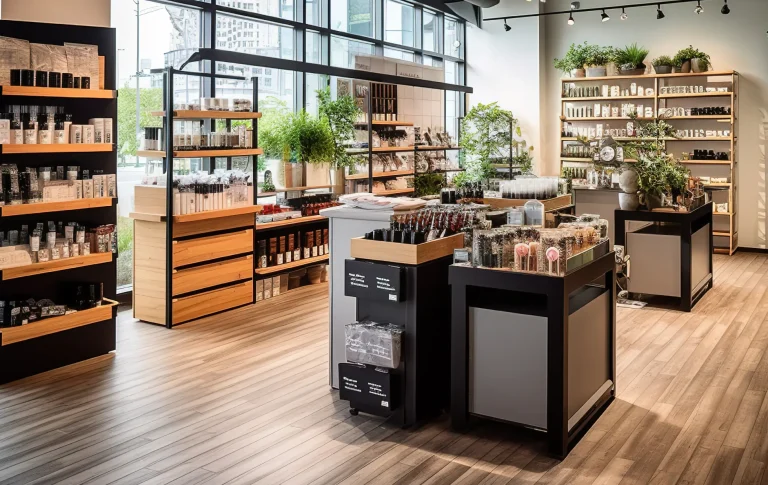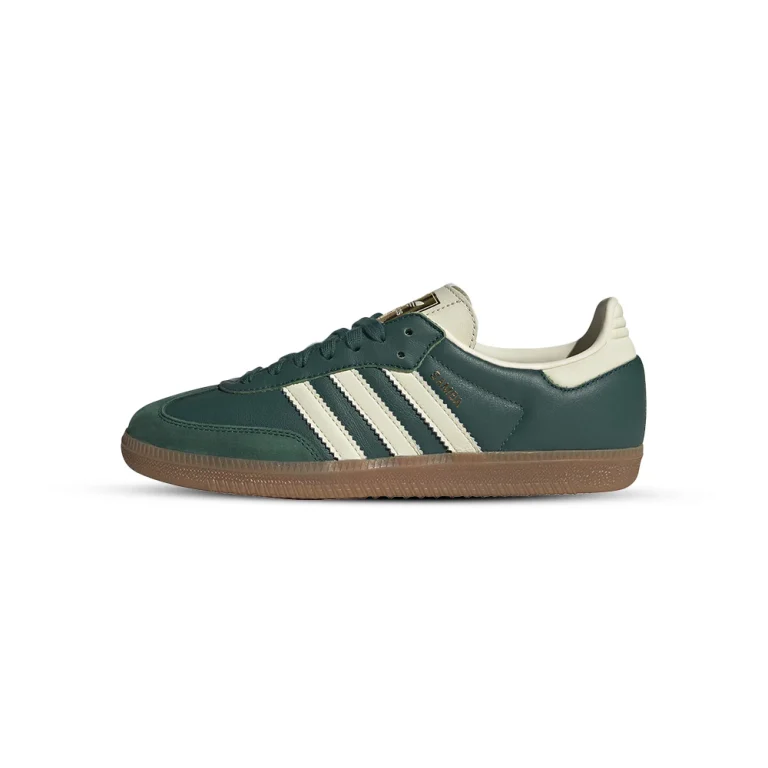The checkout area plays a bigger role in your store’s atmosphere than many realize. It’s where customers pause, interact directly with staff, and decide how they’ll remember their experience. A well-planned retail checkout counter isn’t just about transactions—it’s about shaping a seamless and positive end to every visit.
The Importance of Checkout Flow
When customers reach the front of the store, they should feel a sense of closure, not congestion. The checkout counter’s placement and design affect that flow. Counters positioned parallel to exits allow smoother lines, while those at angles create natural queues without barriers. Keep enough open space for carts and personal distance, but close enough proximity for staff to stay engaged.
A clean, intuitive layout reduces waiting stress and gives staff more control. The right dimensions—height, width, and clearance—ensure the process feels comfortable rather than mechanical.
Blending Function with Aesthetic Appeal

A checkout counter can reflect your brand just as much as a front window display. Choose materials and finishes that match your store’s identity: wood tones for warmth, glass or metal for modern minimalism, or composite surfaces for durability and easy cleaning.
Storage below the counter is vital. Hidden shelving or drawers help staff manage bags, receipts, and smaller stock without leaving the station. This creates a clutter-free zone, giving customers confidence in your professionalism.
Encouraging Additional Engagement
This zone is also a subtle space for connection. Rather than feeling transactional, it can invite curiosity. Displays featuring small add-on products—accessories, gift cards, or seasonal items—work best near the checkout without crowding the counter surface. Lighting directed toward these products makes them visible while preserving a calm overall atmosphere.
Good signage—simple, friendly, and consistent with your brand—can also add warmth. A small thank-you message or reminder of a loyalty program can enhance the interaction without slowing things down.
Durability and Maintenance
The checkout area experiences heavy use, so durability is key. Invest in sturdy materials, reinforced corners, and finishes resistant to scratches or moisture. Make cleaning part of the daily routine—dust, fingerprints, and clutter can make even the best design feel tired.
Consistent upkeep ensures that your checkout remains as polished as the day it was installed. Over time, small adjustments—new lighting, reorganized displays, or updated signage—help keep it feeling fresh.
Last Impressions Matter
A customer’s journey doesn’t end when they pay—it ends with the feeling they take with them. A thoughtful checkout counter design can turn a functional space into an extension of your store’s identity. With the right mix of layout, lighting, and care, retail checkout counters can make every transaction feel like a pleasant conclusion rather than an obligation.






